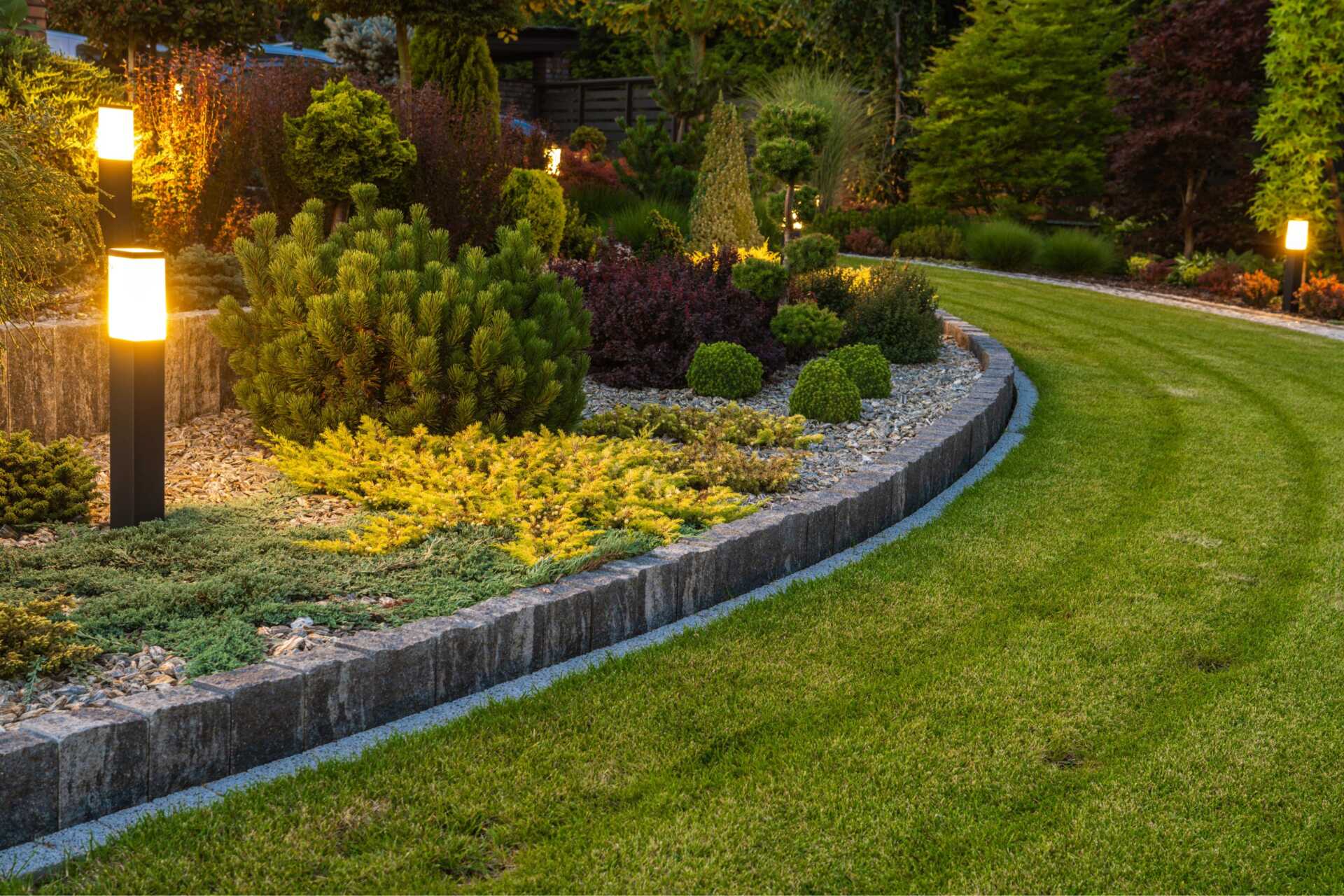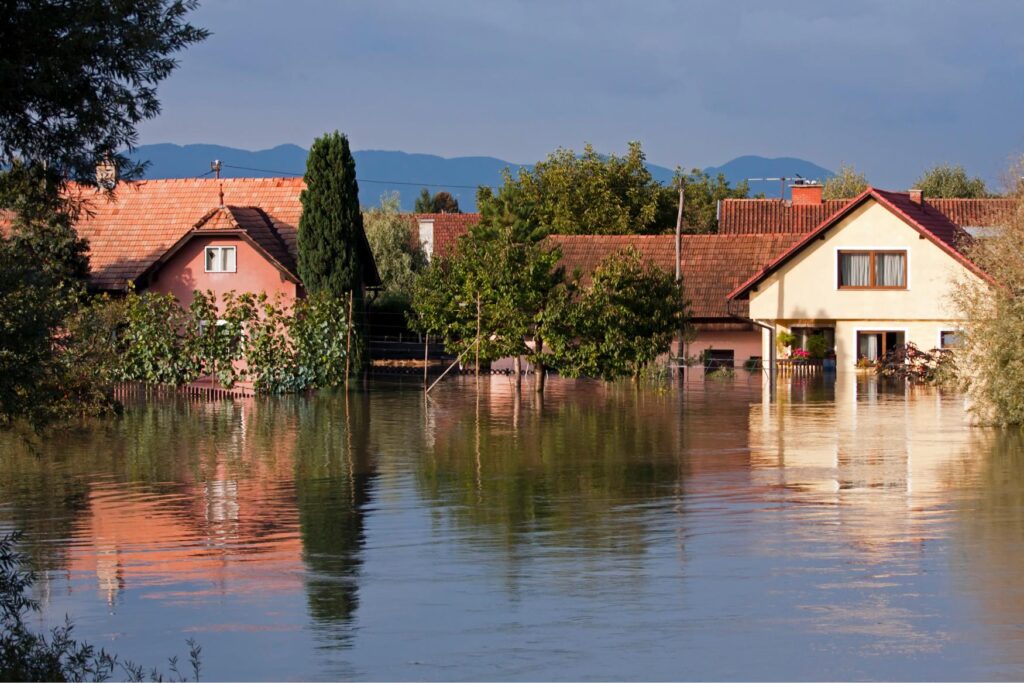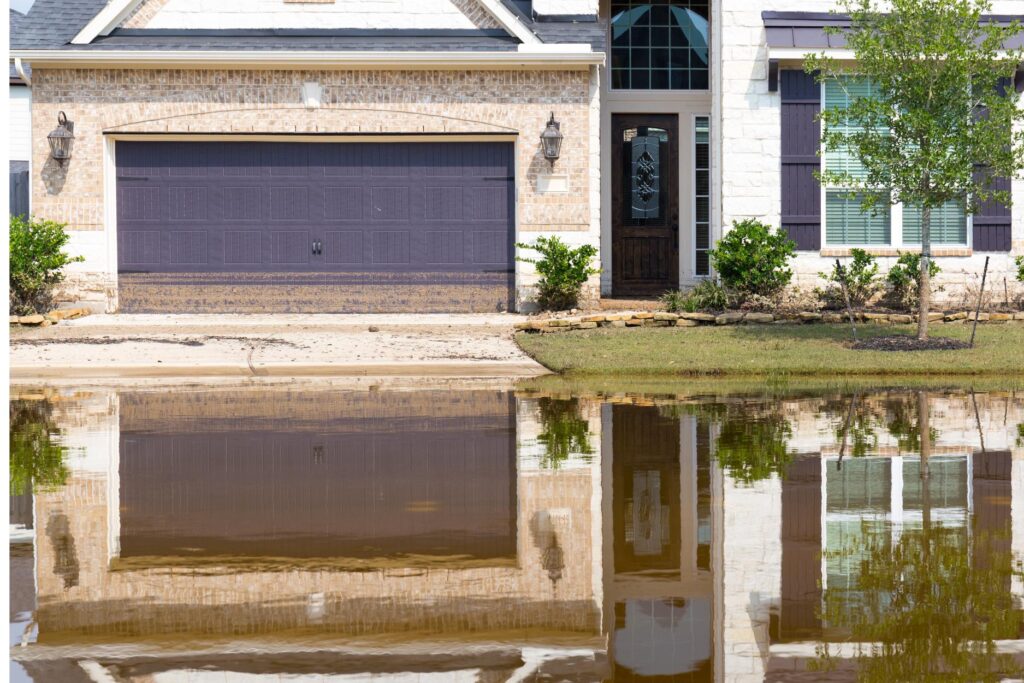Contents
When considering eco-friendly landscape design solutions for your home, there are key strategies that can make a significant difference in sustainability. From choosing native plants to integrating rainwater harvesting systems, each step plays an essential role in reducing your environmental footprint. By exploring these top solutions, you can transform your outdoor space into a haven that benefits both your household and the planet.
Native Plant Selection
When considering native plant selection for your eco-friendly landscape design, selecting species that are well-suited to your region’s climate and soil conditions is essential. Embracing native plants enhances the beauty of your surroundings and fosters a sense of belonging to your environment. By choosing plants that naturally thrive in your area, you create a harmonious ecosystem that supports local wildlife and conserves water.
Native plants are like old friends, well adapted to the unique characteristics of your region. They require less maintenance and water, making them a sustainable choice for your landscape. Imagine the vibrant colors of indigenous flowers attracting butterflies and birds to your garden, creating a lively and dynamic space that feels like a natural extension of your home.
Incorporating native plants into your landscape design is a way to honor the rich biodiversity of your area. It showcases your commitment to sustainability and environmental stewardship.
As you stroll through your garden, surrounded by the sights and scents of native flora, you can take pride in knowing that you’re contributing to the preservation of your local ecosystem.
Drought-Resistant Landscaping
Opt for a landscape that conserves water while also exuding resilience and beauty through drought-resistant landscaping. Here are four creative ways to create an eco-friendly and visually appealing outdoor space:
Xeriscaping: Transform your yard with xeriscaping, a water-efficient landscaping method that utilizes native plants, rocks, and mulch to create a low-maintenance oasis.
Drought-Resistant Plants: Choose plants like lavender, succulents, and ornamental grasses that require minimal watering and thrive in dry conditions, adding color and texture to your garden.
Smart Irrigation Systems: Install drip irrigation or intelligent sprinkler systems that deliver water directly to plant roots, reducing water waste and promoting healthier growth.
Mulching: Mulch your garden beds to retain moisture, suppress weed growth, and regulate soil temperature, creating a nurturing environment for your plants during dry spells.
Rainwater Harvesting Systems
To further enhance your eco-friendly landscape design, consider incorporating rainwater collection systems into your outdoor space. Rainwater collection is an eco-conscious practice that allows you to gather and store rainwater for later use in your garden. By setting up a rain barrel or a more intricate system, you can decrease your dependence on municipal water sources and lower your water bills while contributing to environmental preservation.
Imagine the calming sound of rainwater gently flowing into your collection setup, prepared to nourish your plants during dry spells. Not only does rainwater collection benefit your garden, but it also helps reduce stormwater runoff, which can transport pollutants into water bodies. By capturing rainwater on-site, you’re actively taking part in the conservation of local water quality.
In addition to its environmental advantages, the rainwater collection adds a touch of creativity to your landscape design. You can integrate decorative rain barrels that harmonize with your outdoor decor, transforming a practical system into an aesthetic feature.
Permeable Paving Materials
Revamp your outdoor space sustainably with permeable paving materials that look stylish and offer a range of benefits.
Explore eco-material options like permeable concrete, gravel, or porous pavers, which allow rainwater to infiltrate the ground, reducing runoff and flooding.
When considering installation, think about factors like soil type, drainage needs, and maintenance requirements for a long-lasting eco-friendly solution.
Benefits of Permeable Paving
Enhancing your landscape with permeable paving materials offers a multitude of benefits beyond just aesthetics. Here are four compelling reasons why you should consider using permeable paving for your outdoor spaces:
Environmental Impact: Permeable paving allows rainwater to seep through the surface, replenishing groundwater and reducing the risk of flooding and erosion.
Improved Water Quality: By filtering pollutants and reducing runoff, permeable paving helps maintain the quality of water sources, benefiting both your property and the surrounding environment.
Reduced Heat Island Effect: Unlike traditional paving materials that absorb heat, permeable paving helps mitigate the heat island effect by allowing water to evaporate and cool the surrounding area.
Longevity and Durability: While being eco-friendly, permeable paving materials are also durable and long-lasting, requiring less maintenance over time compared to conventional options.
Types of Eco-Materials
Among the array of eco-friendly materials available for environmentally conscious landscaping, porous paving materials stand out as a versatile and eco-aware choice. These materials, like permeable concrete, gravel, or pavers, allow rainwater to seep through the surface and replenish the groundwater, reducing runoff and potential flooding. By choosing porous paving, you create a visually appealing driveway or walkway while also contributing to the health of the surrounding ecosystem.
Porous paving materials come in various styles and colors, giving you the freedom to design a unique and environmentally friendly landscape that suits your personal taste. Whether you prefer a modern look with sleek concrete pavers or a more rustic feel with gravel pathways, there’s a permeable option to match your aesthetic preferences. Additionally, these materials are durable and low-maintenance, ensuring that your environmentally conscious landscape remains beautiful for years to come.
Embrace the eco-aware trend of porous paving to create a sustainable and inviting outdoor space for your home.
Installation Considerations
To ensure the successful integration of permeable paving materials in your eco-conscious landscape design, understanding key installation considerations is paramount. When it comes to incorporating these eco-conscious solutions into your outdoor space, here are four essential tips to keep in mind:
Site Preparation: Confirm proper grading and drainage systems are in place to maximize the effectiveness of permeable paving materials.
Material Selection: Choose environmentally friendly permeable pavers made from recycled materials like crushed concrete or porous asphalt to reduce environmental impact.
Installation Techniques: Follow manufacturer guidelines for installation to ensure the longevity and functionality of the permeable paving system.
Maintenance Plan: Develop a regular maintenance schedule to keep the permeable pavement clean and functioning correctly, ensuring its eco-conscious benefits are maintained over time.
Organic Pest Control Methods
When it comes to maintaining a thriving garden or landscape, battling pests can often feel like a never-ending challenge. However, there are creative and eco-conscious organic pest control methods that can help you protect your plants without harming the environment.
One effective method is companion planting, where you strategically plant different species next to each other to naturally repel pests. For example, marigolds can deter nematodes, while basil can keep mosquitoes at bay. This also aids in pest control and fosters a sense of harmony and unity within your garden.
Another environmentally friendly pest control solution is introducing beneficial insects like ladybugs and praying mantises. These insects feed on harmful pests, reducing the need for chemical pesticides. Creating a welcoming environment for these beneficial bugs by planting diverse native species can enhance the overall ecosystem of your garden.
Additionally, making your own organic pest control sprays using ingredients like neem oil, garlic, or hot pepper can be a cost-effective and environmentally conscious way to keep pests at bay. These natural solutions are gentle on the environment and safe to use around children and pets, promoting a sense of security and well-being in your outdoor space.
Composting and Mulching Techniques
Ready to elevate your landscape design sustainably? Let’s chat about the magic of composting, the wonders of various mulch types, and the best practices for applying them. Get ready to transform your outdoor space into a thriving, eco-friendly oasis with these simple yet effective techniques.
Benefits of Composting
Consider transforming your landscape into a thriving ecosystem by embracing the eco-friendly practice of composting. Composting benefits your garden and also the environment. Here are four compelling reasons to start composting today:
Nutrient-Rich Soil: Composting enriches your soil with essential nutrients, promoting healthier plant growth and vibrant blooms.
Reduced Waste: By composting kitchen scraps and yard waste, you divert organic materials from landfills, reducing methane emissions and minimizing your carbon footprint.
Cost-Effective: Composting saves you money on fertilizers and soil conditioners, providing a natural and eco-conscious alternative to store-bought products.
Biodiversity Boost: Composting attracts beneficial organisms like earthworms and microorganisms, fostering a diverse and balanced ecosystem in your garden.
Types of Mulch
Embracing composting to nurture your garden’s ecosystem naturally leads to exploring the world of mulch, an eco-conscious practice that complements your eco-friendly landscape design. Mulch plays a significant role in retaining moisture, suppressing weed growth, and enhancing soil fertility while enhancing the beauty of your garden. Here are a few types of mulch you can consider for your eco-friendly landscape:
| Type of Mulch | Description | Benefits |
|---|---|---|
| Wood Chips | Made from shredded branches and bark | Helps retain moisture and adds organic matter to the soil |
| Straw | Dried stalks of grain plants | Decomposes slowly, enriching the soil as it breaks down |
| Leaves | Fallen leaves from trees | Provides a natural source of nutrients for plants |
| Grass Clippings | Cut grass from your lawn | Adds nitrogen back into the soil as it decomposes |
Select the type of mulch that aligns with your garden’s needs and enjoy the sustainable advantages it brings to your outdoor space.
Application Tips
To achieve a flourishing and enduring garden, mastering the art of composting and mulching is essential. Here are some application tips to help you create a resilient and vibrant landscape:
Layer it Up: Alternate layers of green materials (like kitchen scraps and grass clippings) with brown materials (such as leaves and cardboard) to create a balanced compost pile.
Turn, Turn, Turn: Regularly turn your compost pile to aerate it and speed up the decomposition process, ensuring a nutrient-rich end product for your garden.
Mulch Mindfully: When applying mulch around plants, make sure to leave a small gap around the stem to prevent rot and allow for proper airflow.
Mix and Match: Experiment with different types of mulch (like wood chips, straw, or shredded leaves) to find what works best for your specific garden needs.
Energy-Efficient Outdoor Lighting
Illuminating your outdoor space with energy-efficient lighting can enhance the aesthetics of your landscape and also reduce your carbon footprint. By opting for LED lights, solar-powered fixtures, or motion-sensor lights, you can create a welcoming ambiance while being kind to the environment.
LED lights are a popular choice for energy-efficient outdoor lighting. They consume less electricity than traditional bulbs, have a longer lifespan, and come in various colors and styles to suit your design preferences.
Solar-powered fixtures are another great option, harnessing the power of the sun during the day to light up your pathways or garden at night. They are eco-friendly and can save you money on energy bills in the long run.
Motion-sensor lights are both practical and energy-efficient. They only illuminate when triggered by movement, providing security for your home while conserving energy when not in use. These lights can be strategically placed around your property to deter intruders and light up your outdoor space when needed.
Sustainable Irrigation Practices
Opt for water-efficient solutions to nurture your landscape with effective irrigation practices. By incorporating eco-friendly irrigation methods, you can reduce water wastage and help protect the environment. Here are four creative ways to implement eco-conscious irrigation in your outdoor space:
Drip Irrigation Systems: These systems deliver water directly to the base of plants, minimizing evaporation and runoff. By providing a gradual and consistent water supply, drip irrigation ensures that plants receive the ideal amount of moisture they need to flourish.
Rainwater Harvesting: Collect rainwater from your roof in barrels or tanks to use for irrigation. This approach conserves water and decreases reliance on municipal water sources, enhancing your landscape’s self-sufficiency.
Smart Irrigation Controllers: Set up controllers that adjust watering schedules based on weather conditions and plant requirements. These controllers utilize data to enhance irrigation, preventing excessive watering and conserving water in the process.
Native Plants and Xeriscaping: Select native plants that suit your region’s climate and need less water to thrive. Xeriscaping, which involves designing landscapes to minimize water usage, can further decrease the necessity for irrigation.
Wrap-Up
Now that you’ve discovered the top green landscape design solutions for homes, it’s time to put them into action and witness the positive impact on both your outdoor space and the environment. By incorporating these practices, you can create a beautiful and eco-conscious landscape while also contributing to the conservation of resources and reduction of waste. Embrace these environmentally friendly techniques and watch your garden thrive while making a difference in the world.




